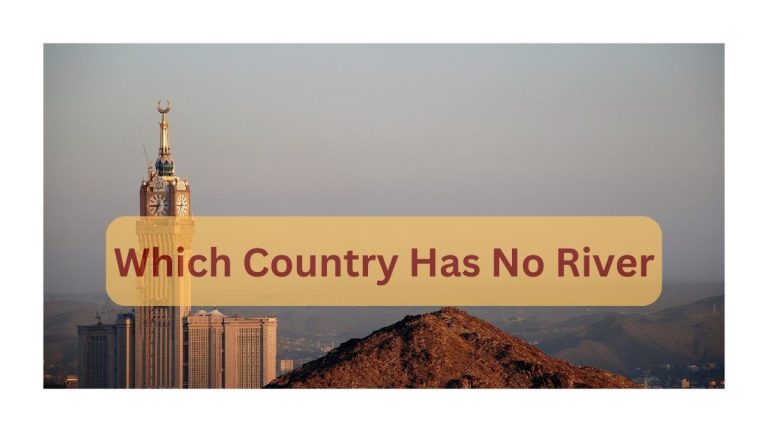The Barents Sea (Click here to see map) is a marginal sea of the Arctic Ocean, situated north of Norway and Russia. It is bordered by the Svalbard archipelago (Norway) to the northwest, the islands of Novaya Zemlya (Russia) to the east, and stretches toward the Kara Sea.
Thanks to the warm North Atlantic Current, its southern parts remain ice-free year-round, making it a vital region for shipping, fishing, and energy exploration. But where exactly is it located, why does it matter, and what makes it unique?

Geographic Location of the Barents Sea
Coordinates & Boundaries
- Latitude/Longitude: Between 70°N to 80°N and 20°E to 55°E.
- Size: Covers approximately 1.4 million km²—larger than France, Germany, and Spain combined.
- Bordering Seas & Landmarks:
- West: Norwegian Sea
- East: Kara Sea (via the Kara Strait)
- Northwest: Svalbard (Norway)
- Northeast: Franz Josef Land (Russia)
- South: Northern coasts of Norway & Russia
Why Is It Called the Barents Sea?
The sea is named after Dutch explorer Willem Barentsz, who mapped the region in the 16th century while searching for a Northeast Passage to Asia.
Why Is the Barents Sea Important?
1. Rich Marine Ecosystem
- One of the most productive fishing grounds in the world (cod, haddock, capelin).
- Home to Arctic wildlife, including seals, whales, and seabird colonies.
2. Oil & Gas Reserves
- Major offshore oil and gas fields (e.g., Snovhit, Prirazlomnoye).
- Russia’s LNG (Liquefied Natural Gas) projects in the Arctic depend on this region.
3. Strategic Arctic Shipping Route
- Part of the Northern Sea Route (NSR), a faster shipping lane between Europe and Asia as Arctic ice melts.
- Key ports: Murmansk (Russia) and Tromsø (Norway).
4. Geopolitical Significance
- Russia and Norway have settled maritime boundary disputes (2010 treaty).
- NATO and Russia monitor the area due to military and resource competition.
Climate & Environmental Concerns
1. Warmer Than Other Arctic Seas
- The North Atlantic Current prevents ice formation in the south.
- Winter temperatures range from -5°C to 1°C, milder than other Arctic regions.
2. Impact of Climate Change
- Declining sea ice affects wildlife (polar bears, seals).
- Increased shipping & drilling raise pollution risks.
3. Conservation Efforts
- Joint Norwegian-Russian fisheries management prevents overfishing.
- Protected areas in Svalbard and Novaya Zemlya.
Interesting Facts About the Barents Sea
- WWII History: Critical for Arctic convoys supplying the Soviet Union.
- Nuclear Legacy: Soviet nuclear waste was dumped here (now monitored).
- Midnight Sun & Polar Night: 24-hour daylight in summer, complete darkness in winter.
A Vital Arctic Frontier
The Barents Sea is not just a remote Arctic waterway—it is a key economic, ecological, and geopolitical zone. Its unique ice-free conditions, rich resources, and strategic location make it crucial for global trade, energy, and climate research. As Arctic ice continues to melt, its importance will only grow.





























